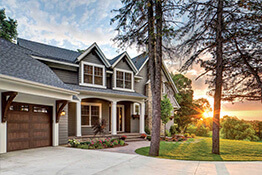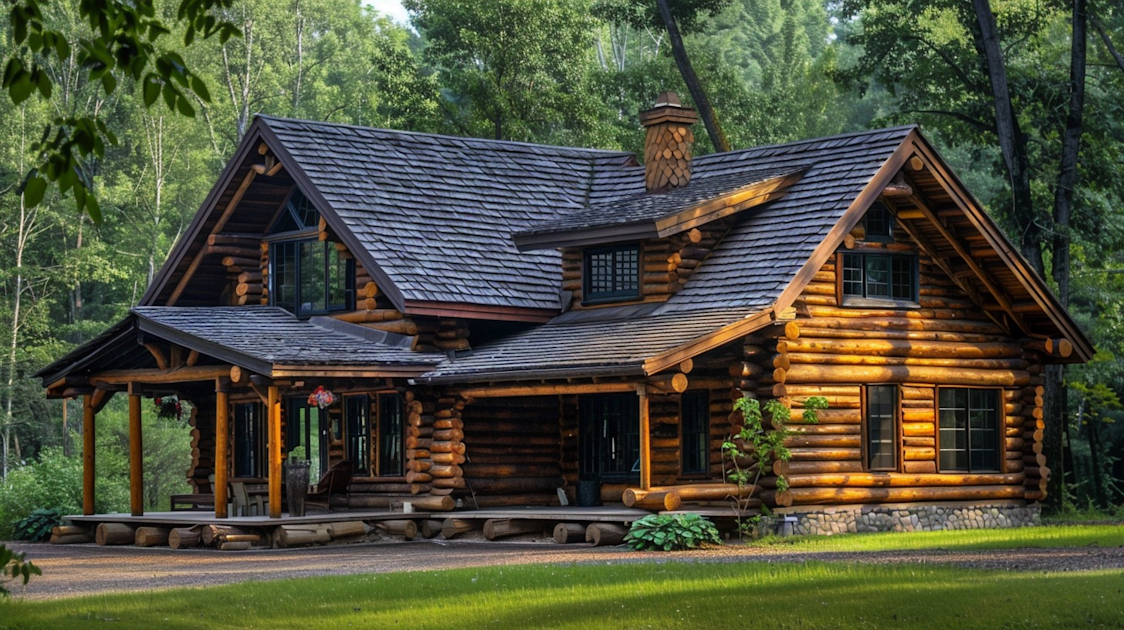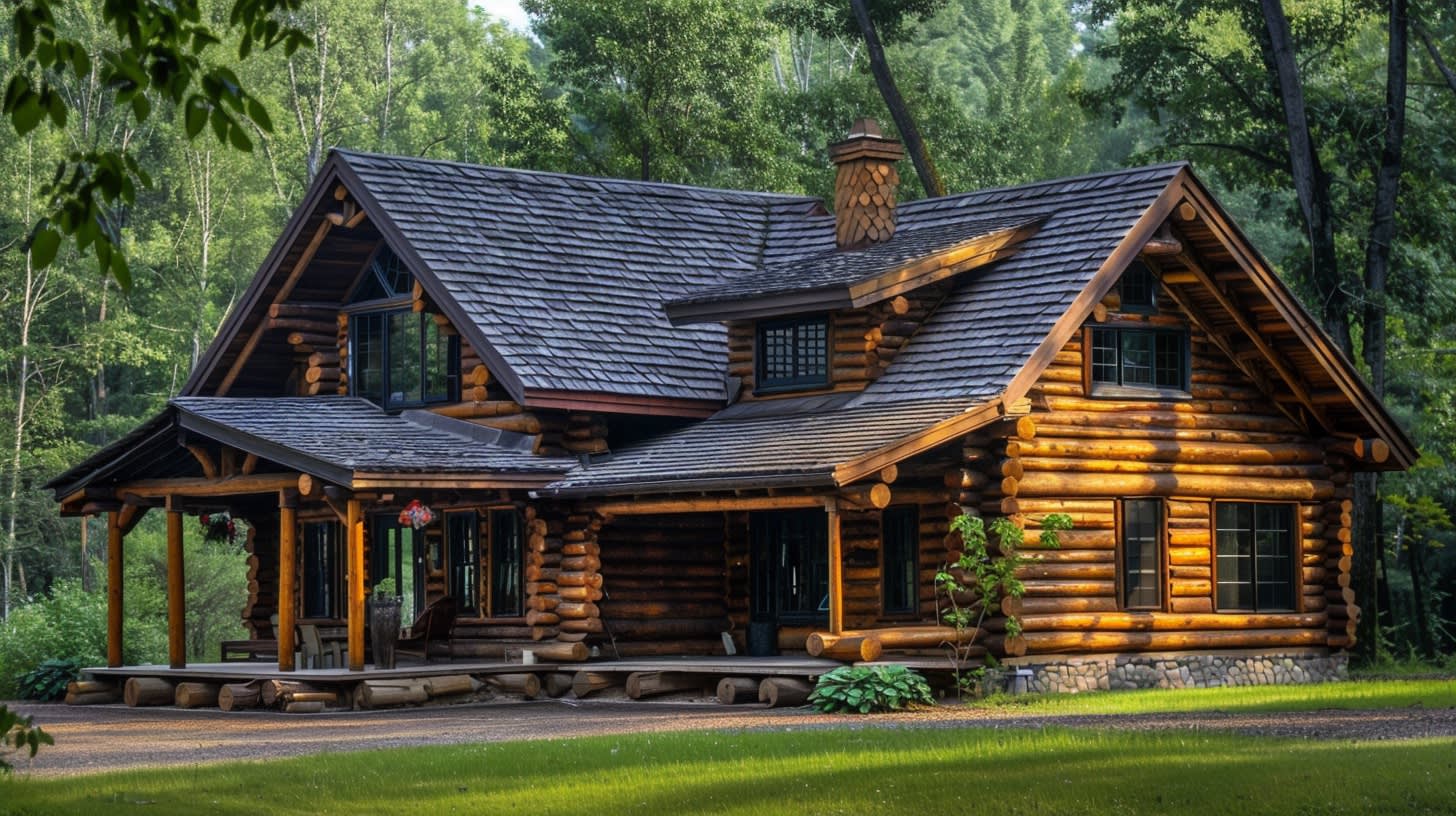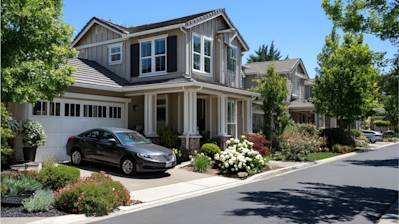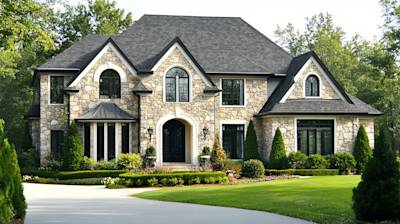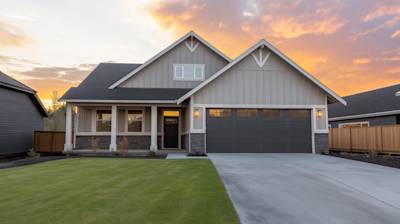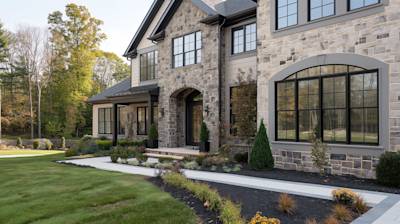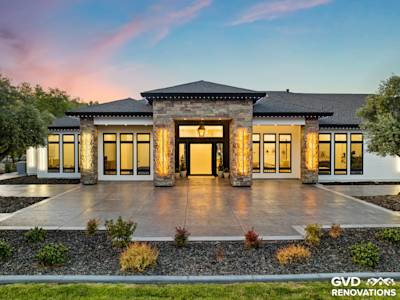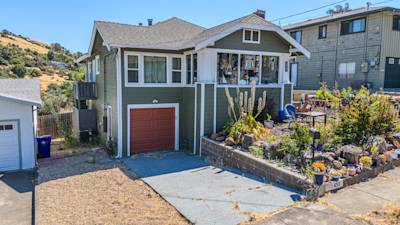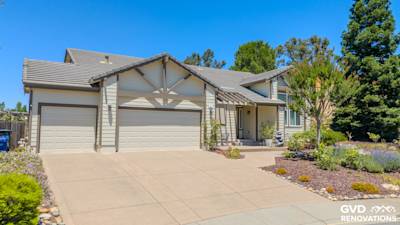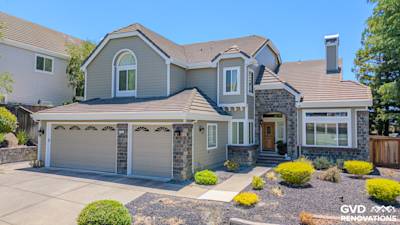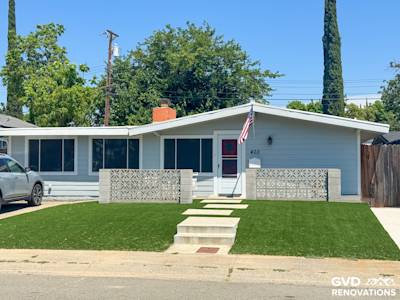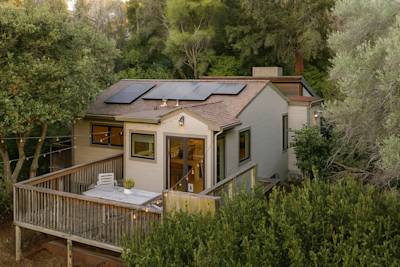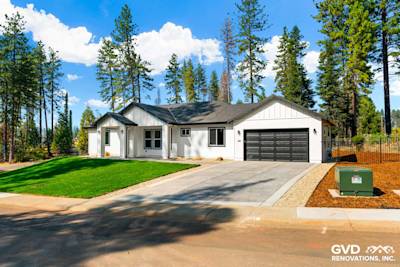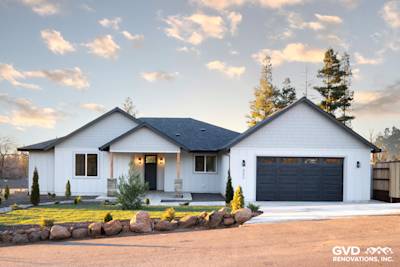Log siding is a unique type of wood siding that incorporates the rustic aesthetics and character of log homes without the associated costs, effort, and issues of using full log construction. Used for homes, vacation cabins and commercial buildings, it offers a warm and welcoming appeal bringing you closer to nature. Log siding also adds insulation value and durability to your home or cabin, making it a popular choice among homeowners and builders.
Understanding Log Siding
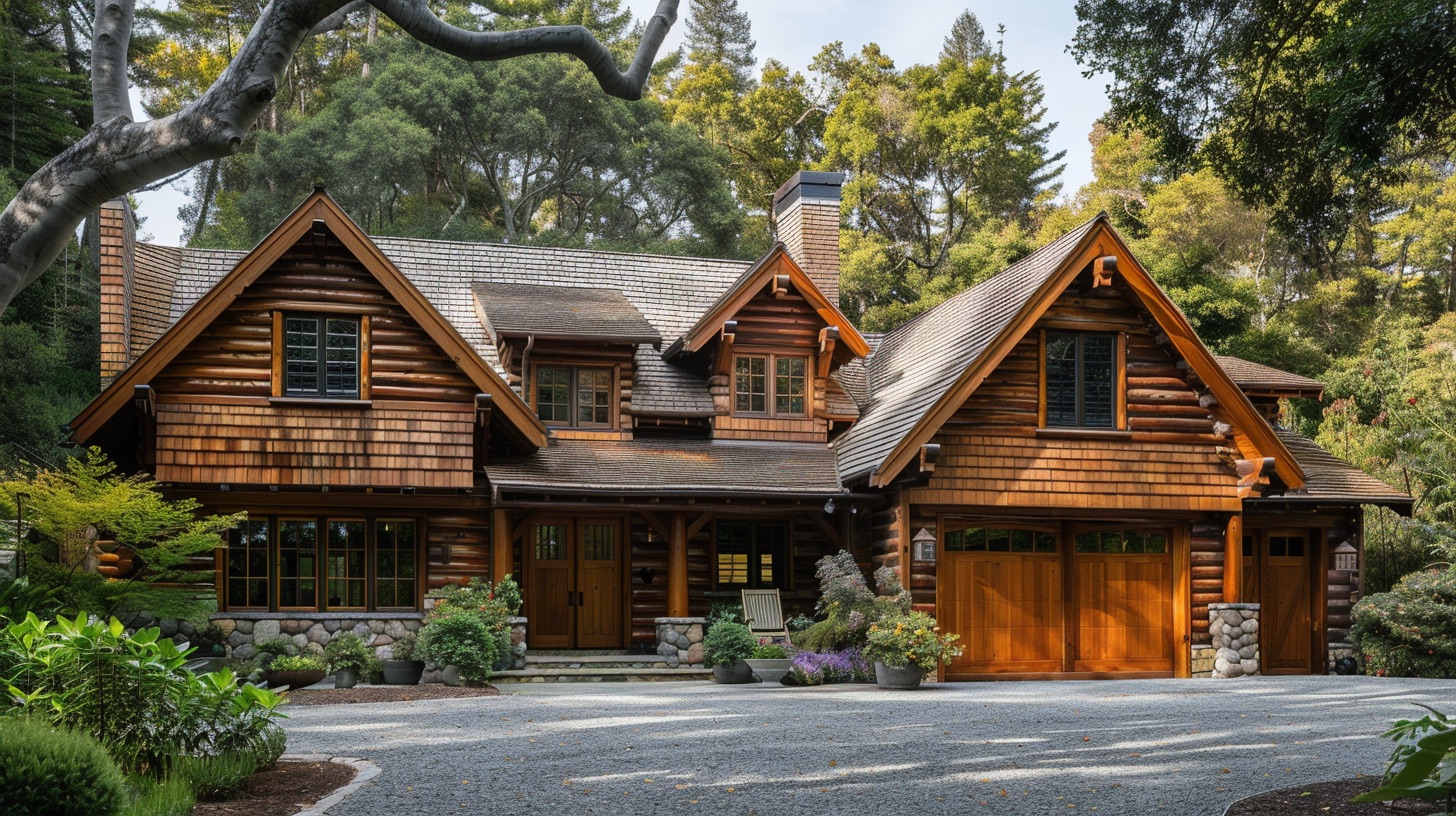
The concepts of 'log siding' and 'log cabins' often conjure up images of a wilderness retreat or rustic living. Not to be confused with a log cabin, log siding is a type of veneer that's designed to give a traditional house a "log cabin" look. Essentially, your home's exterior is clad with log siding, allowing it to perfectly mimic a full log home from a visual standpoint.
Log siding comes with groves which give it the appearance of round logs when installed. Moreover, each piece can be manufactured with a tongue and groove system that ensures a snug fit and seamless look.
Types of Log Siding
There are three primary types of log siding:
-
Full Log Siding: This is a solid wood siding that is milled into an array of profiles each giving a unique look – from the traditional round log look to more modern square log designs.
-
Split Log Siding: Split Log siding is created by milling a solid log into two or more pieces. Each piece still possesses the warm and rustic appearance of full logs, but at a fraction of the cost.
-
Quarter Log Siding: This is the thinnest and most cost-effective option. Quarter log siding is perfect for those who want to quickly, easily, and affordably convert an existing structure into a log-like retreat.
Benefits of Log Siding
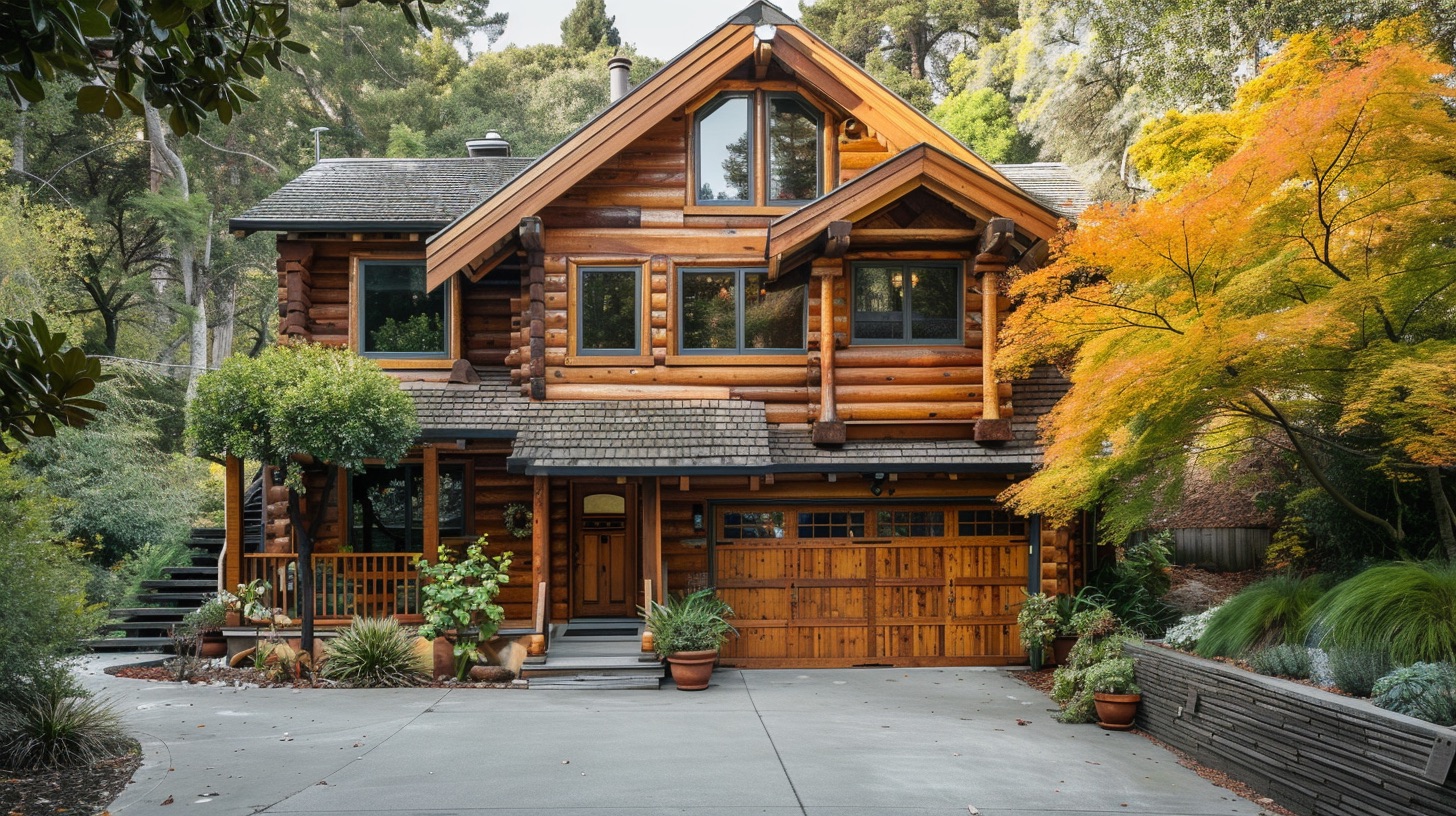
Log siding offers a plethora of benefits to homeowners and builders alike. Here are some of them:
-
Spectacular Aesthetics: Log siding offers a natural, rustic and warm appearance that no other type of siding can. Whether it's a home, a small vacation cabin or a large commercial development, log siding tremendously increases its aesthetic value.
-
Greater Insulation: Wood has excellent insulation properties, and log siding is no exception. Installing log siding can help maintain a more consistent interior temperature.
-
Sustainability: As an organic material, wood is renewable if harvested responsibly. It also has a smaller carbon footprint compared to other types of siding.
-
Higher Property Value: Thanks to its appealing aesthetics and durable nature, log siding can significantly increase your property's resale value.
-
Easy Maintenance: When properly maintained, log siding can last a lifetime. Cleaning involves using water and a soft-bristled brush to remove dirt and dust. Periodically, it may need to be re-stained or sealed to maintain its appearance and durability.
Choosing the Right Type of Wood for Log Siding
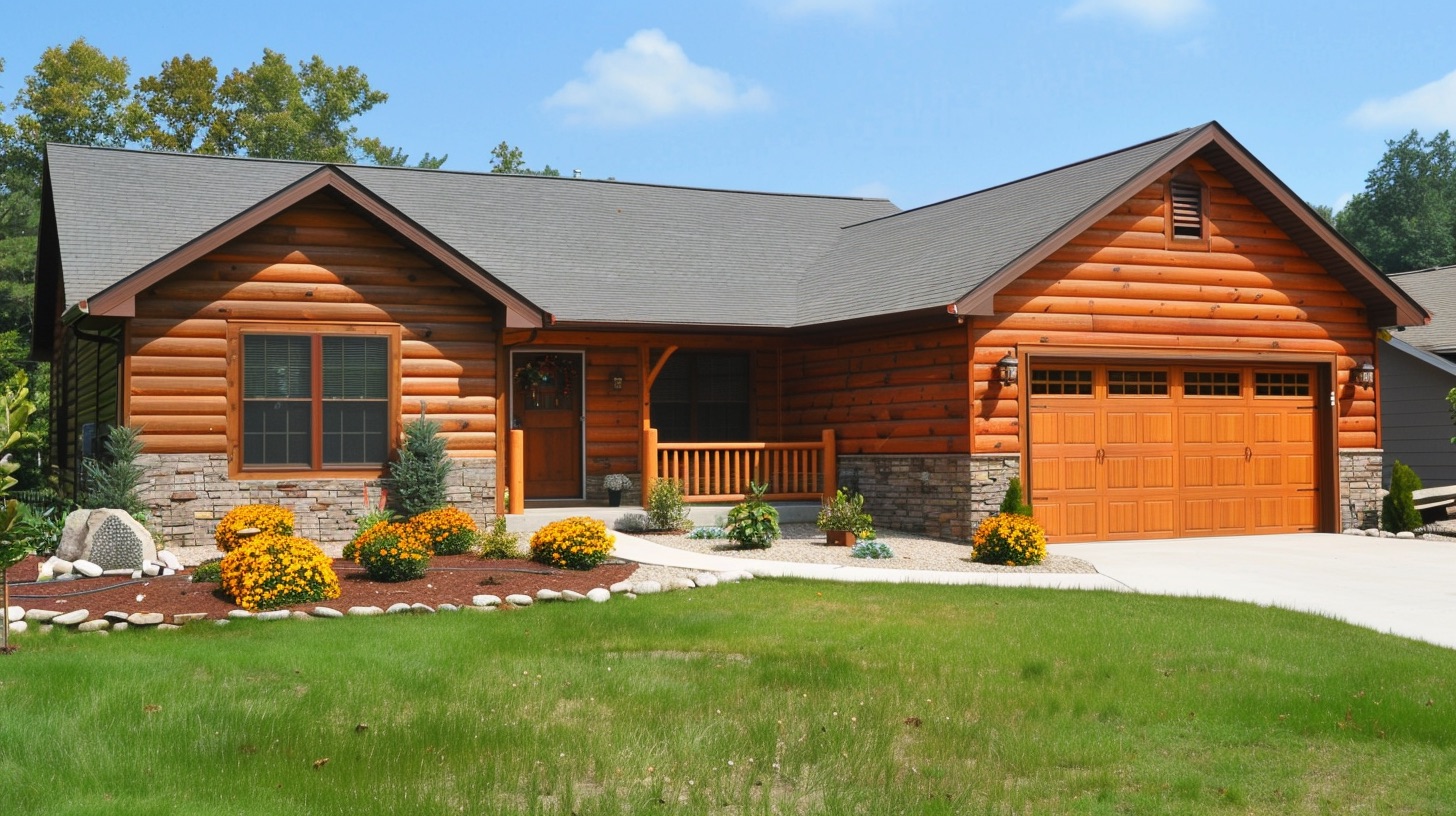
The performance and longevity of log siding largely depend on the type of wood. Here are some popular types of wood for log siding:
-
Pine: Owing to its availability and affordability, pine is a popular choice for log siding. It's lightweight, easy to work with and takes well to stains.
-
Cedar: Known for its inherent ability to resist moisture and insects, cedar log siding is one of the most premium options available.
-
Spruce: Another cost-effective option, spruce’s creamy-white to light-yellow color, is attractive to homeowners.
-
Oak: Highly durable and strong, oak log siding offers a highly distinctive and desirable look.
Purchasing and Installation of Log Siding
When purchasing log siding, it's crucial to consider the reputation of the manufacturer, the quality of the wood, and the milling process used. It's also important to remember that while log best siding installation in Sacramento can be a do-it-yourself project, hiring a professional can be beneficial as they can ensure proper installation that will stand the test of time.
Maintenance Tips for Log Siding
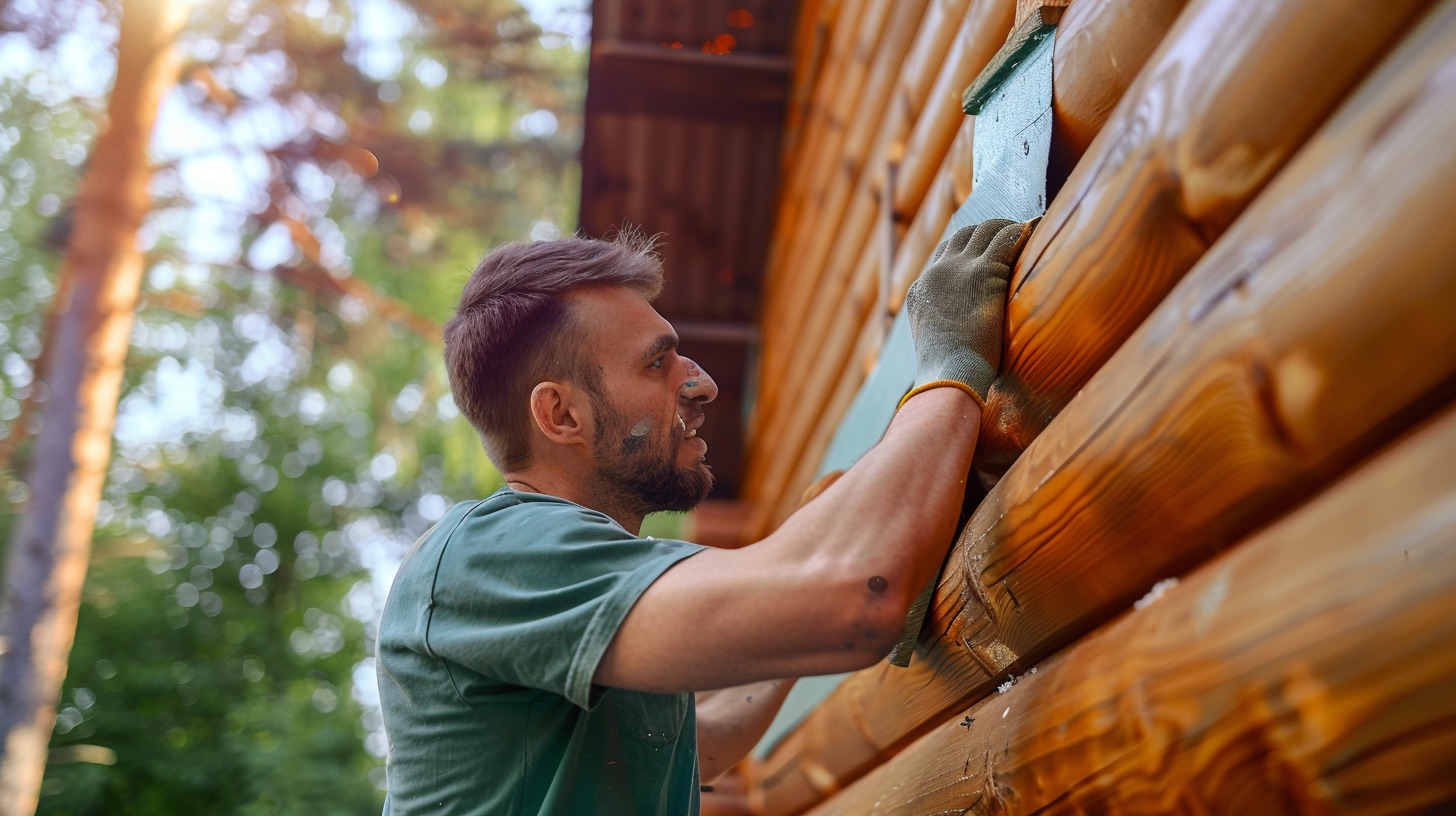
Proper care and maintenance are key to ensuring that your log siding remains beautiful and durable. Here are some tips:
-
Keep it clean: Regular cleaning using mild detergent and soft brush is crucial.
-
Check for pests: Regularly inspecting for signs of insects and promptly treating any infestations helps.
-
Keep it sealed: Applying a water-resistant sealant every few years can extend the longevity of your siding.
Log siding is an excellent choice for homeowners looking for a unique and natural siding option. It's aesthetically pleasing, durable, sustainable, and can increase the value of your property.
Frequently Asked Questions About Log Siding
What materials are typically used in log siding?
Log siding is predominantly crafted from natural wood species such as cedar, pine, spruce, and cypress. However, today's market also offers faux log siding made from vinyl or concrete, especially crafted to mimic the appearance of real wood while providing added durability and easy maintenance.
Why choose log siding for my home?
One of the key benefits of log siding is its incredibly unique and rustic aesthetic appeal. It adds a natural charm and warmth to your house that is often associated with comfort and tranquility. In addition to its beauty, log siding also provides excellent insulation when properly installed and maintained.
Does log siding require a lot of maintenance?
While log siding needs more maintenance than some other siding options, how much work is involved will depend on the type of wood, the climate, and if it's properly installed and sealed. Regular checks for damage, and cleaning and re-sealing every few years can keep your log siding looking great and staying durable.
Is log siding suitable for all climates?
Yes, log siding is a versatile material that can be used in all types of climatic conditions. Whether you live in a region with intense summer heat or extreme winter cold, log siding with proper finish can withstand various weather conditions, offering insulation and protecting your home's interior.
Can I install log siding myself?
While handy homeowners might be tempted to install log siding on their own, it's important to remember that installation can be quite labor-intensive and requires particular tools and knowledge. It's usually recommended to hire a professional for this task to ensure that the siding is properly installed, sealed, and prepared to withstand weather anomalies.
How long does log siding typically last?
The lifespan of log siding is largely dependent on the type of wood used, the quality of installation, and the maintenance it receives. High-quality wood that is properly installed and regularly maintained can last for many decades. Some wood species, like cedar, are naturally more resistant to rot and insects, which can extend their lifespan even further.
Is log siding environmentally friendly?
Log siding can be a green choice, especially when sourced from sustainable forestry practices. Natural wood is a renewable resource, and using it for siding helps to reduce the demand for non-renewable materials. Plus, the insulation properties of log siding can also contribute to energy savings in your home.
What's the difference between full log and half log siding?
Full log siding gives a home an appearance of a true log cabin, as if the home was constructed entirely of logs. On the other hand, half log siding is designed to mount flat against the wall and provide the same aesthetic, while allowing for standard wall insulation and plumbing/electrical lines on the inside of the home.
Can I paint or stain my log siding?
Yes, log siding can be painted or stained to suit your preference. In fact, applying a stain or paint can enhance the longevity of your log siding, as it adds an extra layer of protection against moisture, insects and UV rays. However, make sure to use products specifically designed for log homes to avoid damaging the material.
Is log siding more expensive than other types of siding?
The cost of log siding can vary significantly, depending on factors such as the type of wood, the style of the siding, and the cost of installation. While it can be more expensive upfront than some other types of siding, its longevity and impressive aesthetic appeal make it a wise investment for many homeowners.
Pros and Cons of Log Siding
Pros of Log Siding
Natural Aesthetic Appeal
- Log siding offers a traditional and rustic look that is often associated with a cosy, warm, and homely feel. This unique aesthetic is hard to replicate with other types of siding, making log siding desirable for those seeking a natural appearance.
- The grain and texture variations in the wood enhance the natural beauty and character of the building. They also allow for a high level of customization, as each log can be treated or stained to suit personal preferences.
Durability and Longevity
- Log siding is incredibly durable and can withstand the extremes of weather, from harsh sun to heavy rains and strong winds.
- When well maintained, log siding can last for several decades, providing excellent value for money over the long term.
Insulation Properties
- Log siding has good thermal mass, meaning it can store and radiate heat effectively. This quality helps to regulate indoor temperatures, keeping houses warm in winter and cool in summer.
- Besides thermal insulation, log siding also offers excellent acoustic insulation, reducing the level of outside noise.
Cons of Log Siding
High Initial Cost
- Log siding is typically more expensive than most other siding options. This is due to the materials and labor involved in harvesting and processing the logs, as well as the installation process.
Maintenance Demands
- Log siding requires regular maintenance to prevent deterioration. This includes resealing every 2-3 years and inspecting regularly for signs of decay or infestation.
- Failure to keep up with these maintenance tasks can lead to expensive repair or replacement needs.
Vulnerability to Pests and Decay
- Log siding is susceptible to termite attack and rot. The risk is higher in humid climates or during heavy rainfall seasons.
- Periodic checks, treatments and the application of sealers or preservatives can help mitigate these risks, but they add to the overall maintenance cost.
Flammability
- Being made of wood, log siding is less fire-resistant compared to materials like metal or cement siding. Homeowners may have to invest in fire retardants and insurance rates may be higher.
Environment Impact
- Although log siding is a renewable resource, the process of making it does involve cutting down trees. This can lead to concerns about deforestation and the impact on local ecosystems.
- Conversely, log siding is biodegradable and can be more environmentally friendlier than synthetic siding options over the long term, especially if sourced from sustainably managed forests.
In summary, log siding provides unique aesthetic appeal and superior insulating properties but also demands regular maintenance and comes with a higher initial cost. Choosing log siding will depend on the individual preferences, needs, and long-term plans of the homeowner.
Summary
When it comes to sprucing up the exterior of your home, few materials bring as much natural beauty and durability as log siding. Its unique aesthetic can transform any edifice into a rustic and inviting haven, seamlessly connecting your living areas with nature. More so, log siding is known for its superior insulation properties, ensuring energy efficiency all year round.
Log siding, however, is not just a pretty face. It is a highly robust material that can withstand harsh weather conditions without compromising its structural integrity. Whether you live in a frigid or tropical climate, this type of siding will hold up exceedingly well. Maintenance is also a breeze with log siding. A periodic power wash and rechinking every few years are usually all it takes to keep it looking as good as new for a long time.
Choosing log siding is an investment in your home’s longevity and aesthetic appeal. It is an unparalleled choice for those seeking to curate a timeless home exterior. With the benefits of log siding, you are not just buying a home improvement product, but a whole new lifestyle surrounded by the pure charm of nature. It’s about time you considered log siding for your home. Your future self will thank you.
About GVD Renovations & Remodeling
Welcome to GVD Renovations & Remodeling! We are a professional and dedicated remodeling team based in Sacramento, CA. With extensive years of experience in home improvement and bathroom and kitchen remodeling, our team prides itself on delivering exceptional results tailored to our clients' unique style and needs. Our mission is to provide quality workmanship, timely delivery, and affordable renovation solutions. Trust us to bring your dream home to life!
This article is for general information only and not professional advice. Always consult a licensed contractor before making project decisions. Product details, specifications, or warranties may have changed since publication. Brand and product mentions reflect opinion, not endorsements or guarantees.
Tags: Log Siding, Siding Installation, Home Renovation,
